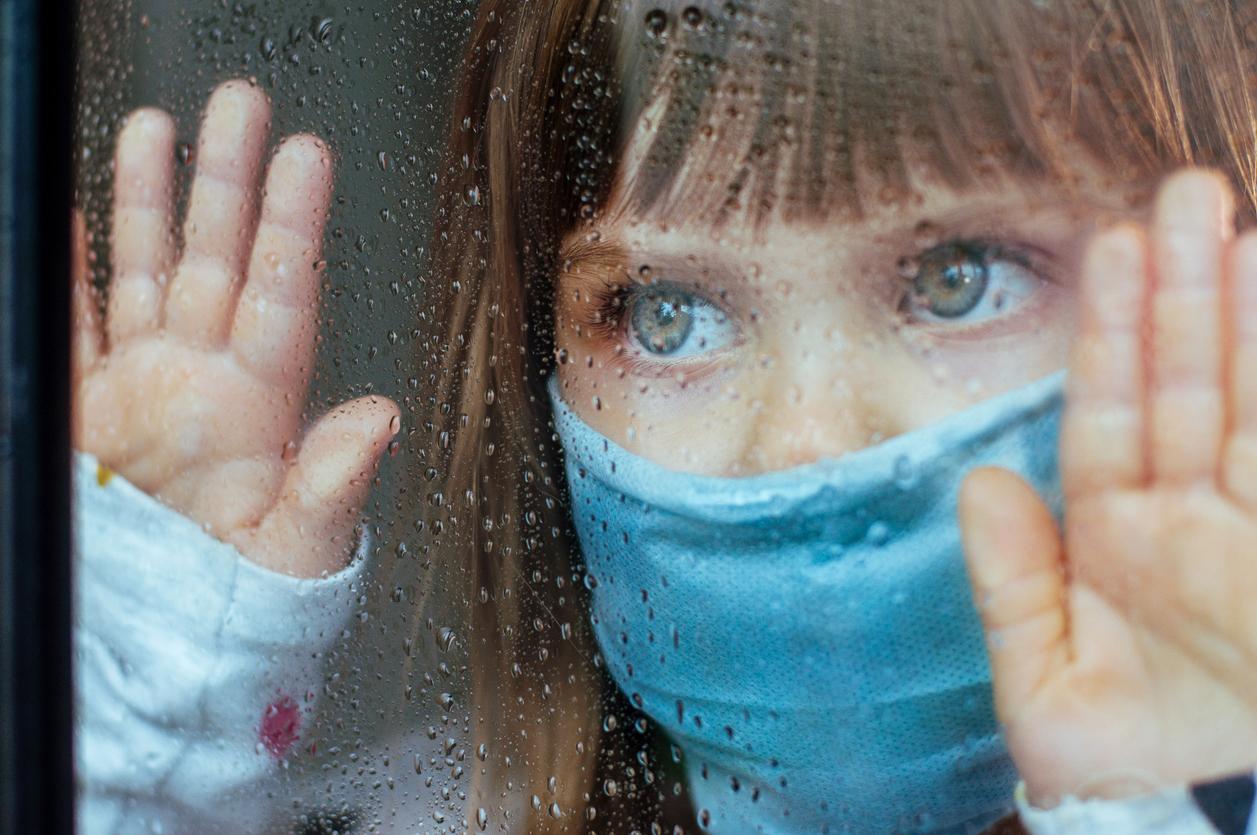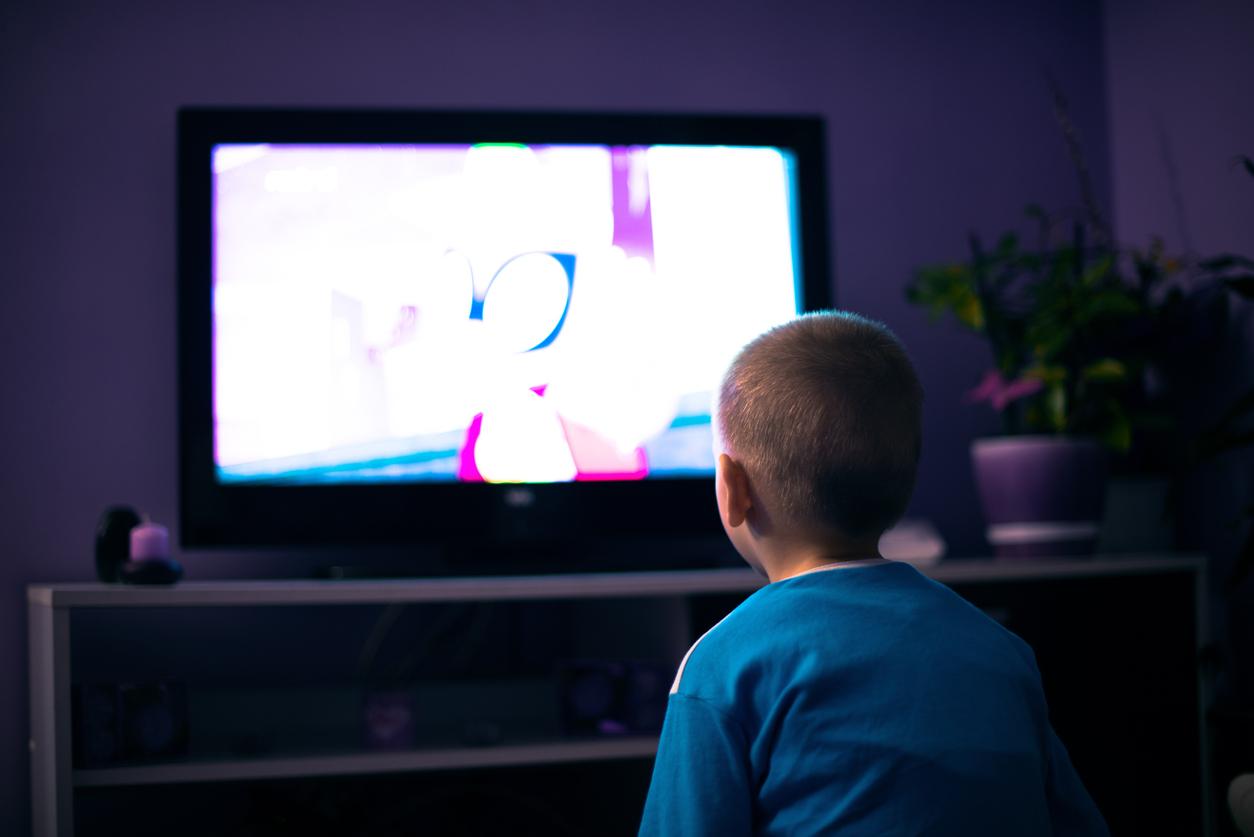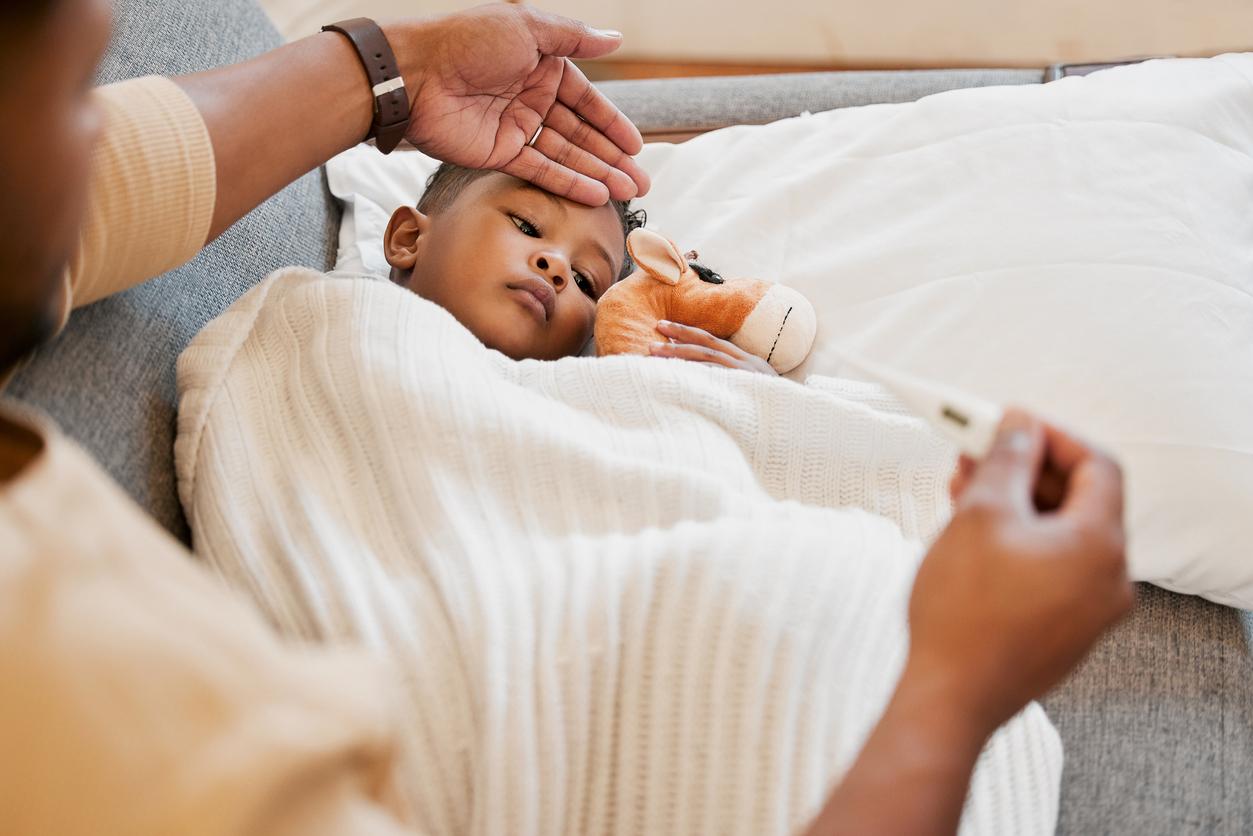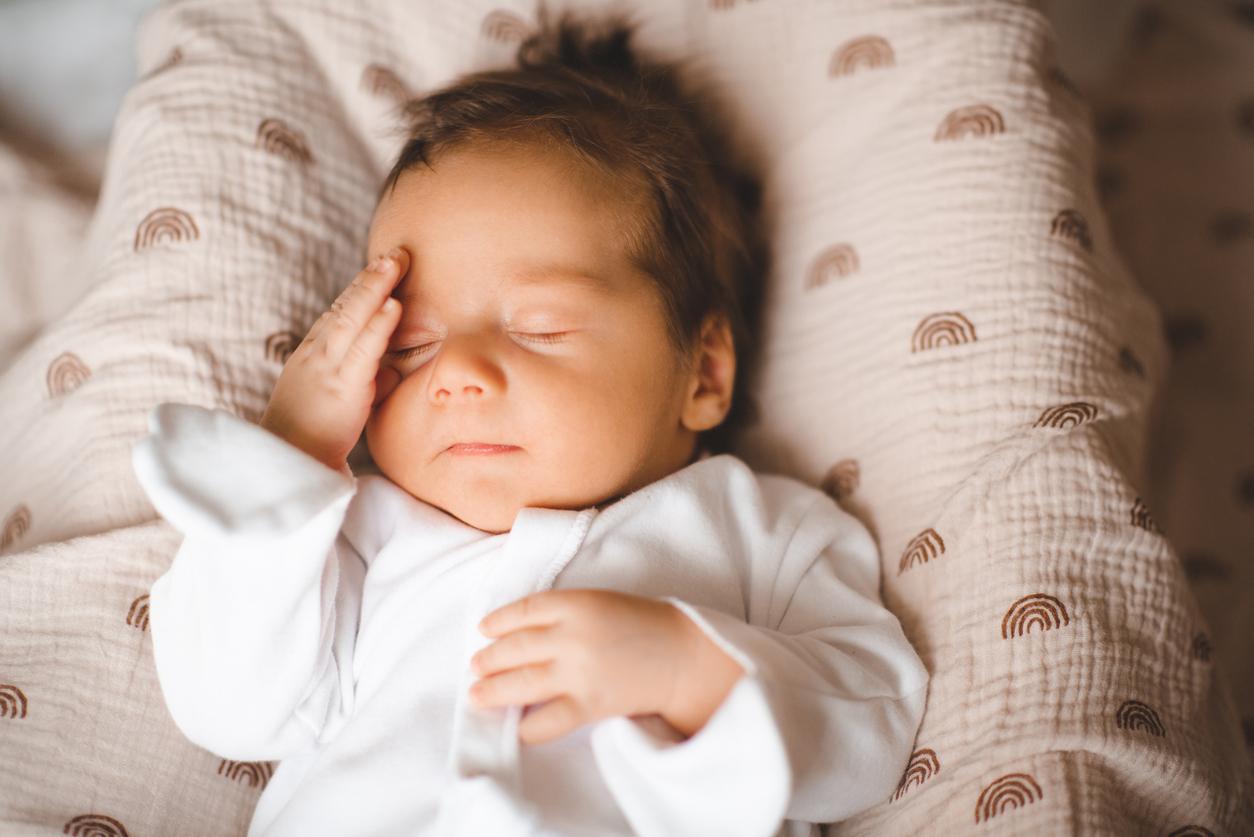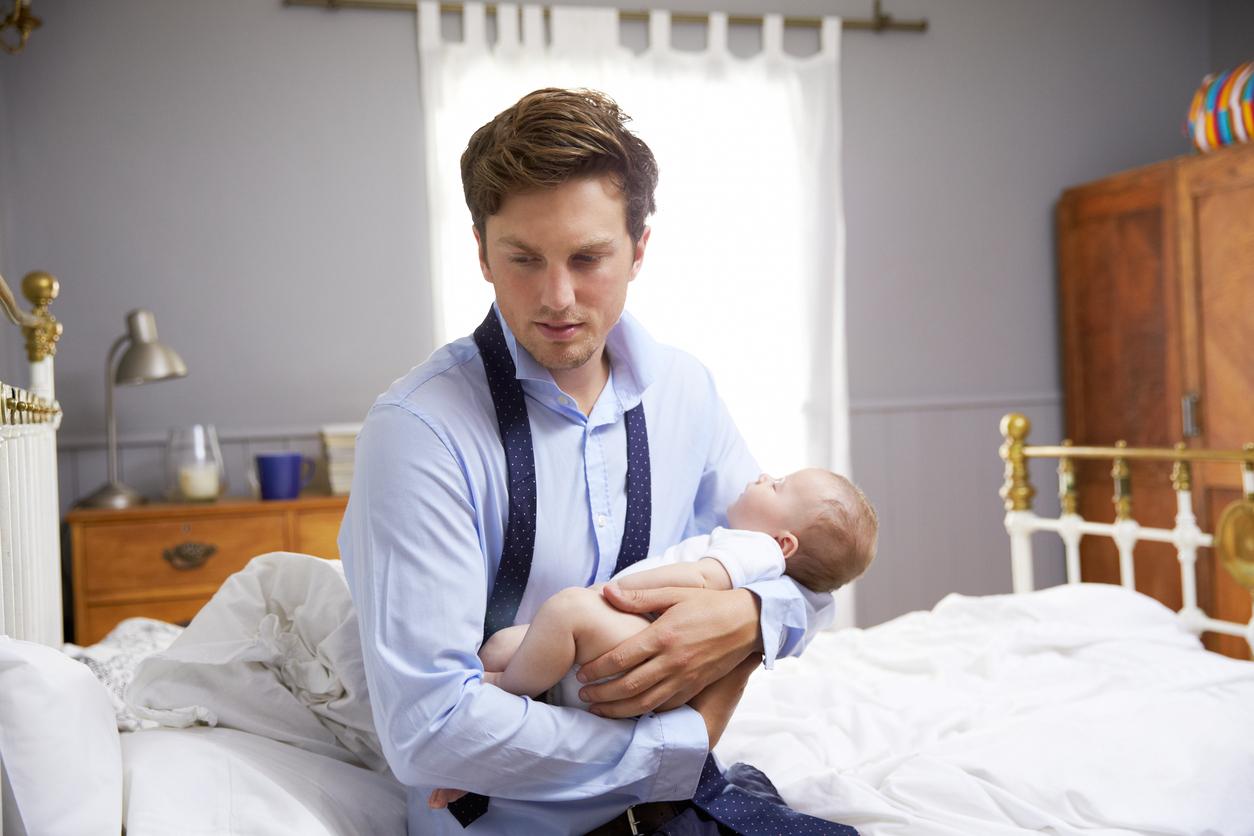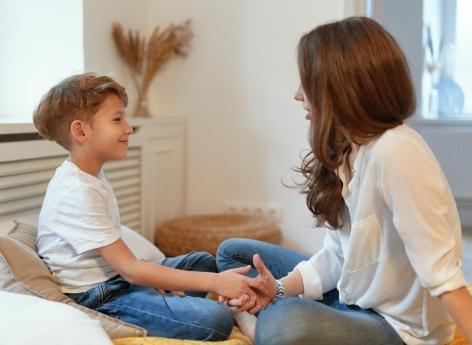French researchers have tried to combine two molecules, dabrafenib and trametinib, to treat children with low-grade glioma, a benign brain tumour. The promising results of their study were presented at the ASCO, congress of oncology which was held virtually from May 29 to 31.
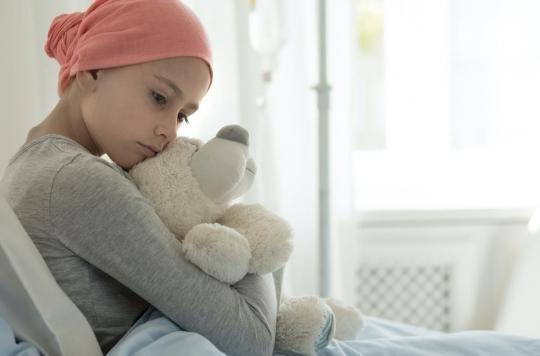
- In 60% of cases of pediatric brain cancer, the tumor is a low-grade glioma, that is, it is benign
- French researchers have combined two molecules, dabrafenib and trametinib, to treat children with this disease.
- “Very few major adverse effects were observed and the disease was stabilized in 89% of cases,” they say.
Central nervous system tumors are the most common solid tumors in children. They represent nearly 30% of tumors, just before leukemia. They affect more than 3,000 children per year in Europe and about 500 per year in France. In 60% of cases, the tumor is a low-grade glioma, that is, it is benign. Generally, it is treated well but sometimes it cannot be removed completely by surgery and that complementary operations are followed by relapses. This is why French researchers have tried to combine two molecules, dabrafenib and trametinib, already used successfully in other types of cancer, to treat patients. They presented the promising results of their study at theAmerican Society of Clinical Oncology (ASCO), which was held virtually from May 29 to 31. This treatment would be both effective and well tolerated by young patients.
“One of the difficulties with these tumors is that they are not always operable because they are diffuse and close to the optic pathways. Another particularity is that they also tend to alternate cycles of relapse/remission with current standard chemotherapy regimens. In addition, radiotherapy often cannot be offered to young children because of the associated neurocognitive and endocrinological sequelae.“, explains Doctor Isabelle Aerts, pediatric oncologist at the Curie Institute (Paris), who participated in the research.
During the latter, the researcher and her colleagues administered dabrafenib and trametinib, two molecules “whose association has already been proven in adults and against other types of cancer”, to 36 patients. These respectively target two enzymes involved in the signaling pathways of certain cancer cells. The subjects were under the age of 18 (ten years on average) and had specific gliomas, which express the BRAF gene (20% of glioma cases). They had been diagnosed with the disease forty months earlier on average and they had already been treated with chemotherapy.
“The disease could be stabilized in 89% of cases”
After 14 months of treatment on average, “very few major adverse effects were observed and the disease was stabilized in 89% of cases”, explains the Institut Curie today. In detail, 26 children are still under treatment, “and some have now been for over 40 months” explains Dr. Brigit Geoerger, pediatric oncologist and head of the Development of innovative therapies for pediatric tumors laboratory at theGustave-Roussy Institute (Villejuif)who presented the results of the study to ASCO.
The main side effects observed were fever and dermatological manifestations (dry skin, rashes, etc.), but not serious. “These molecules are surprisingly better tolerated in combination than in monotherapy”, continues Dr. Birgit Geoerger. They “turned out to be perfectly manageable”. “It remains to be seen how long this treatment can be maintained and there, we do not have the answer yet”adds Dr. Aerts.
On the strength of these results, the researchers will now take the trial further, by comparing the benefit of the dabrafenib-trametinib combination to conventional chemotherapy over one year in around a hundred children newly diagnosed with a low-grade glioma. The results of this work should come out in about two years.
Since children with brain cancer are often affected very young, the time between the first signs and the diagnosis of a tumor of the central nervous system can be very long (it takes an average of 20 weeks). Among the clinical signs in the baby, there is for example a delay in walking or stopping it. The tumor can also enlarge the head of a sick infant. Seizures can also occur in some children but, unfortunately, the most frequent signs such as great fatigue, headaches (especially in the morning), nausea or vomiting, are non-specific.
.








